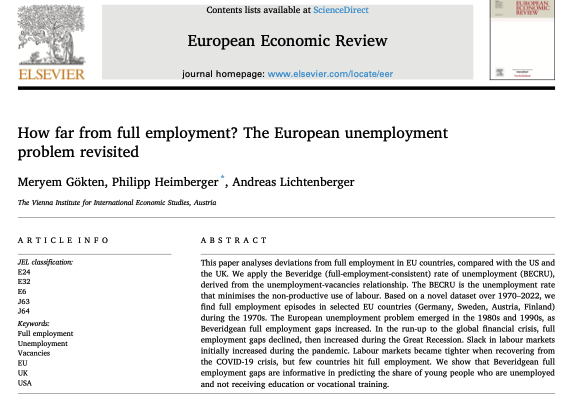"🇮🇹 fails to do structural reforms to calm investors."
This ignores major rounds of labour market deregulation since early 1990s with contested macro effects. Furthermore, 🇮🇹 has committed to "structural reforms" with Next Gen EU. "Homework" language remains divisive. #CAIN 🧵
This ignores major rounds of labour market deregulation since early 1990s with contested macro effects. Furthermore, 🇮🇹 has committed to "structural reforms" with Next Gen EU. "Homework" language remains divisive. #CAIN 🧵

Italy has carried out many market-liberal reforms. Labour market flexibilisation brought a sharp increase in fixed-term contracts and a decline in real wages. However, these structural reforms have failed to boost Italy's productivity growth. 

Labour market liberalisation generated temporary jobs. However, cheap labour reduced real wages and diminished incentives for companies to make labour-saving investments – with dampening effects on productivity, which is the basis for long-term growth. 

Italy has adhered more closely to the EU’s "structural reform" policy rulebook than Germany or France. But instead of asking what impact these reforms have had, we keep hearing the same false refrain ("Reform-lazy Italy!").
tandfonline.com/doi/pdf/10.108…
tandfonline.com/doi/pdf/10.108…

Furthermore, Italy has committed to major reforms for receiving money from Next Gen EU (justice, public administration, public procurement etc.). One can have different opinions on the merits of these reforms, but one cannot seriously claim that there are no reform efforts in 🇮🇹. 

The 🇮🇹 government should not be be forced to calm investors in government bond markets by certain market-liberal reforms; this does not work. This is not about reforms but about €zone institutional structures - and an ECB backstop - to prevent self-fulfilling market sentiments. 

• • •
Missing some Tweet in this thread? You can try to
force a refresh






















